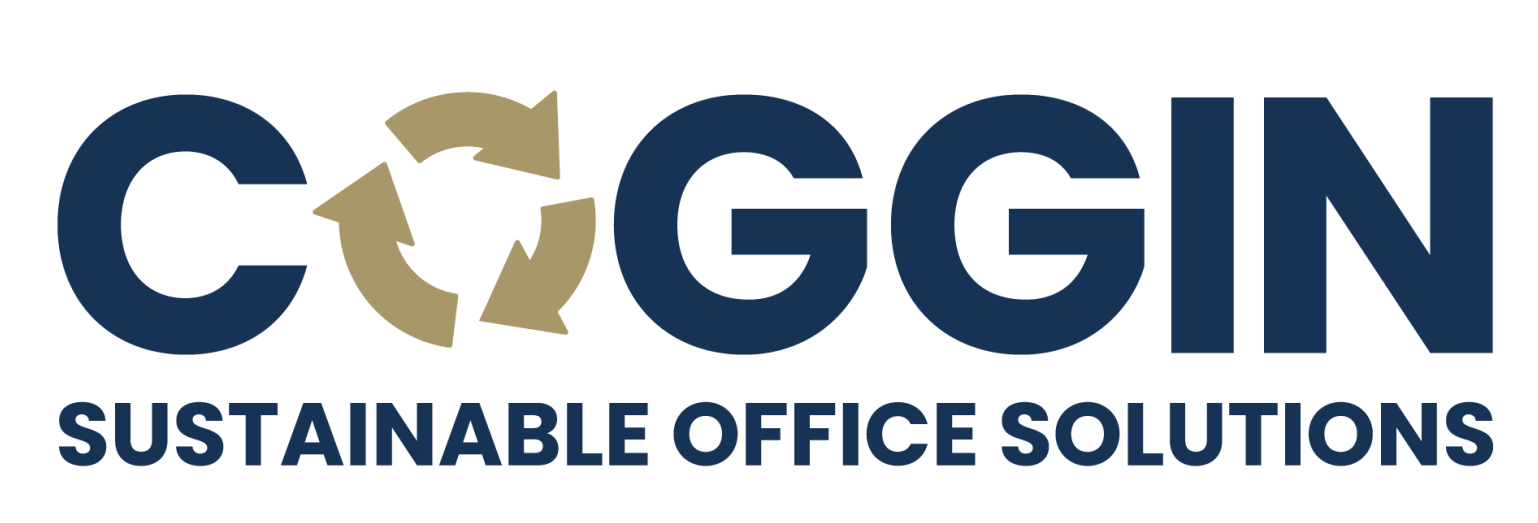Material Recovery in Offices
Learn how to identify, separate and recover valuable materials during clear-outs, refits, or relocations.
What Happens After the Office Move?
When offices relocate, downsize, or refurbish, one question often goes unasked:
What happens to the furniture?
More often than not, it's sent to landfill or incinerated – even when the materials inside those items still hold significant value. Material recovery is about ensuring that components like metal, wood, and plastic are reclaimed and reused or recycled, not wasted.
What is Material Recovery?
Material recovery is the process of extracting useful, recyclable materials from products at the end of their use. In office furniture, that means separating out materials like:
- Steel frames
- Aluminium legs
- Chipboard or solid wood
- Foam padding
- Upholstery fabrics
- Plastic casings and components
These materials can then be sent to appropriate recyclers, reprocessors, or even remanufacturers.
Key Materials & How They're Recovered
| Material | Typical Use | Recovery Potential | Notes |
|---|---|---|---|
| Steel | Chair bases, fixings | Highly recyclable | Must be separated from padding or coatings |
| Aluminium | Desk legs, frames | Excellent recyclability | Energy-efficient to recycle |
| Wood/Chipboard | Surfaces, carcasses | Can be reused or chipped | Coated or bonded boards are harder to process |
| Plastic (PP/PA6) | Casings, shells | Recyclable if labelled | Avoid unmarked blends |
| Foam | Seat cushions | Low recyclability | Better reused or reupholstered |
| Fabric | Upholstery | Limited recycling | Often downcycled into insulation or used in energy recovery |
The Barriers to Recovery
Despite the potential, many offices still struggle to recover furniture materials because of:
- Time pressures during relocations
- Lack of awareness about recovery services
- Poor product design (glued or bonded components)
- No clear ownership of end-of-life responsibility
“If it's not designed to come apart, it's not designed for recovery.”
What You Can Do
For organisations:
- Specify recoverable materials in procurement
- Work with suppliers who offer take-back schemes
- Use an asset register to track materials and reuse options
For designers:
- Design for ease of disassembly
- Choose standard, recyclable materials
- Avoid composites and permanent fixings
For facilities managers:
- Engage early with reuse and recycling partners
- Build recovery into the project timeline
- Train staff on sorting and material separation
Key Takeaways
- Office furniture contains valuable materials that can often be recovered and reused.
- Barriers to recovery are mostly logistical or design-related – not technical.
- Designers, procurement teams, and FM professionals all play a role.
- Building recovery into project planning is key to success.

